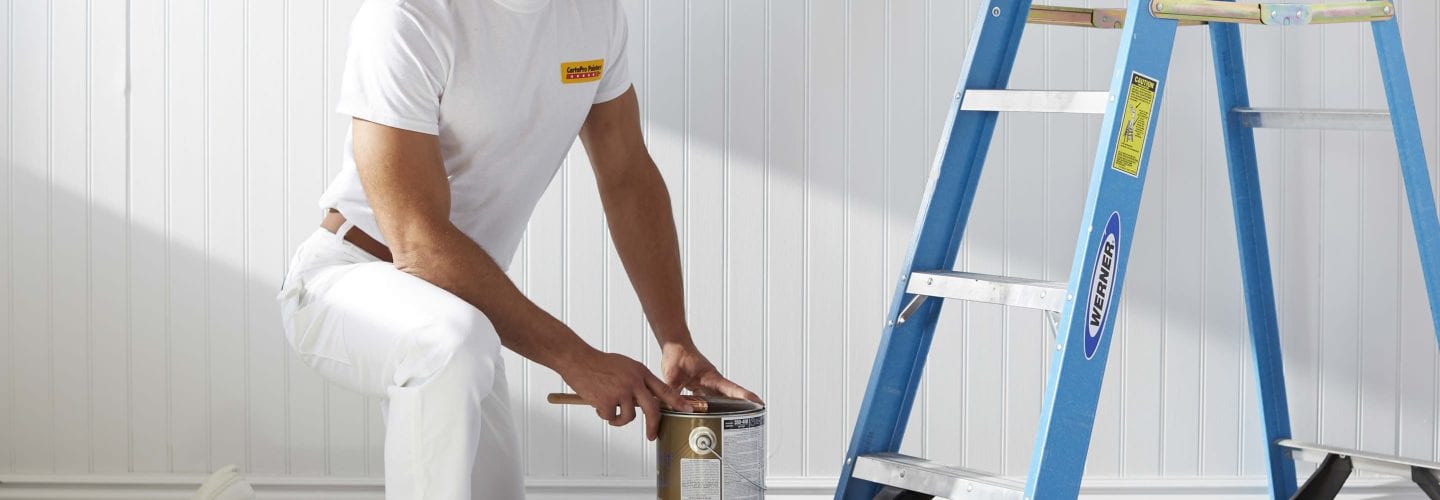Latex or Oil Paint?
These are probably the biggest, unanswered (or poorly answered) questions in this industry. These are my answers based on experience (25 years) including over 2000 2 year warranty inspections, internet searches, painting for the founder of the PQI (Paint Quality Institute), inspections with paint representatives (Ben Moore, Sherwin Williams) and training sessions through CertaPro Painters Headquarters in Oaks, PA.
I get this question often. The answer is not as simple as choosing one product over another – there are advantages and disadvantages to both. For many years oil was by far the better product. Latex is now considered the superior product (as a general rule), but there is more to the story.
OIL PAINTS: The EPA has cracked down on many of the agents in the oil paint over the last 30 years (lead was the first to go, there have been many more chemicals that have been removed that made oil paint last so long). Oil is still the better vapor barrier and is more durable (durable as defined by the physical abuse it will take before it fails). The disadvantages to oil are numerous. The “new” oil paints are extremely brittle after they cure. This means that expansion due to temperature change tends to cause cracks in the paint. Oil paints are naturally much shinier which accentuates any flaws in the surfaces that are painted. The downside to the fact that oil is an excellent vapor barrier is that it doesn’t allow the moisture from the house to escape through the paint film – this causes the paint to fail to allow the moisture to escape.
LATEX PAINTS: The latex paints have dramatically improved over the last 20 years to the point where they are considered to be superior to the “new” oil paint. They are nearly as durable, they hold their color and sheen longer, they are much more flexible, they allow the moisture from the house to escape through the pores in the paint and they are naturally a soft sheen which tends to hide flaws in the substrate. The disadvantages to latex paints are that they do not take as much physical abuse and they do not stick as well to glossy surfaces, and dirty surfaces as oil does (washing and preparation and sometimes full priming is more crucial if you are using latex). The other flaw we’ve noticed over the last 10 years is that if latex products are applied over a surface that has been painted several times in oil, we may find that the act of drying and curing tends to shrink the paint and pull of old layers of oil paint.
I hope these answers shed some light on your questions. To be clear, these are my opinions – and you could find many opposing opinions if you hunt around a bit. Unfortunately we are in an industry where there is not much that is BLACK or WHITE, just a whole bunch of GRAY. . .
Chris Drucquer, CertaPro Painters of the Main Line



